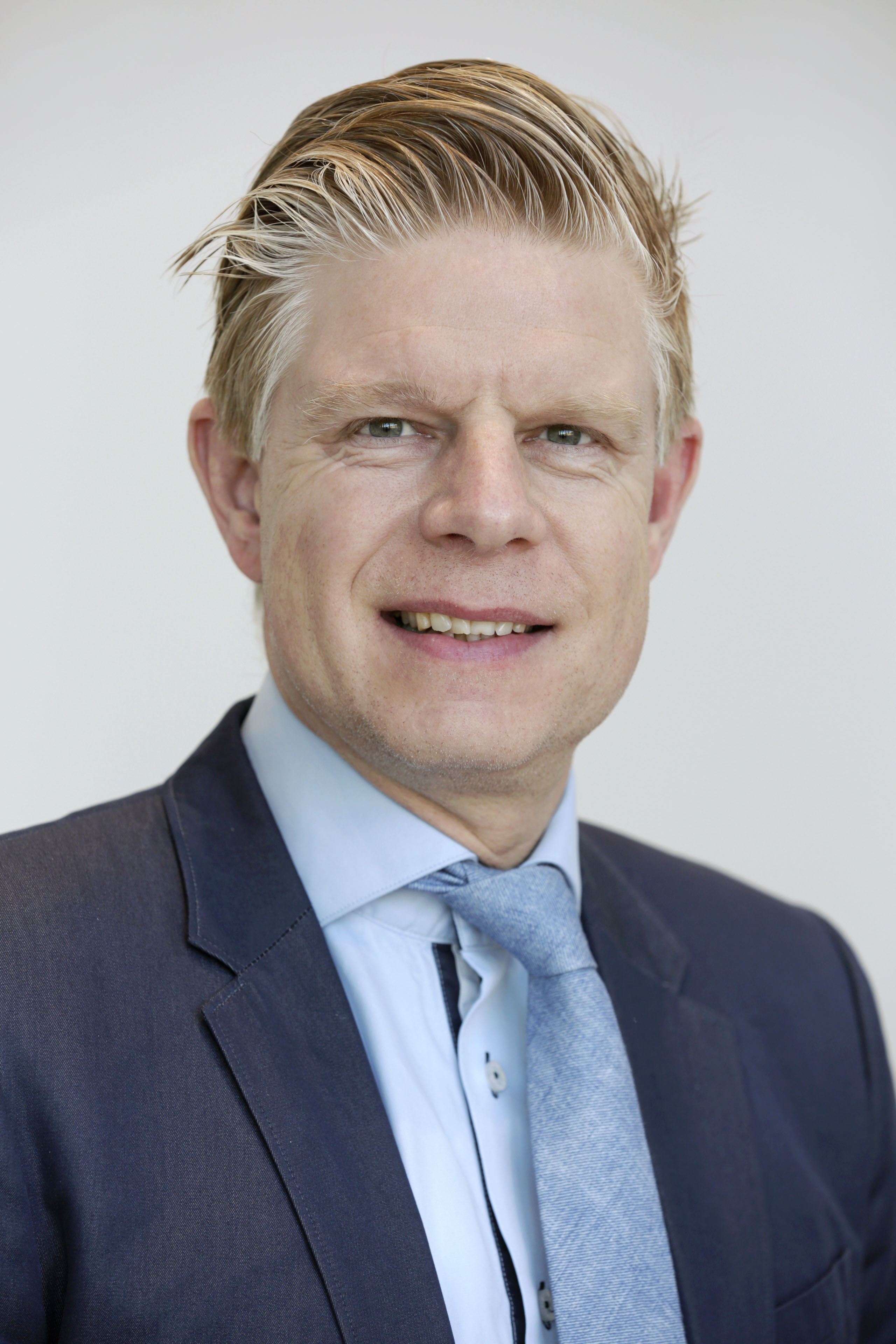
Q: This edition of Intertraffic Amsterdam gets underway this morning. What are the features that set this year’s event apart from previous editions?
A: Since Intertraffic Amsterdam was launched 44 years ago, it has grown consistently and progressively, not just in size but also relevance and importance. Visitors and participants here this week will see this trend continue right from the opening ceremony which begins at 9.30 this morning and is the most high-profile there has ever been. That’s a reflection of the importance of Intertraffic Amsterdam, not just as a European event but also globally. For instance, there will be a senior delegation here from the Curaçao Government, led by Minister of Traffic and Transportation Susanne Camelia-Römer, who served two terms as Prime Minister of the Netherlands Antilles.
And of course there is significant participation not just by the Netherlands national and regional government and bodies, policymakers and advisors, but key people from across Europe. Indeed, later in the week, Intertraffic Amsterdam will provide a background for the European Truck Platooning Challenge 2016 which the eyes of the world will be on.
Q: Continuing to focus on today, what main differences will visitors and participants notice over previous editions of Intertraffic Amsterdam?
A: To sum it up, Intertraffic Amsterdam 2016 is bigger, smarter, more innovative, more connected, and more relevant than ever before! In 2014, there were 10 halls in five industry segments – infrastructure, traffic management, safety, parking, and smart mobility. This year 12 halls are needed to stage an event that welcomes in excess of 800 exhibitors from over 50 countries and we are expecting around 27,000 visitors.
The main change for this edition is that Hall 9 of the RAI complex has become the Innovation Hall. Here you will find a Smart Mobility Centre, an InnovationLAB, live displays, demonstrations and presentations, not just from successful Innovation Award finalists, but from other participants with breakthroughs that genuinely fit the innovation criteria. It’s where the Smart Mobility Theatre & InnovationLAB On Stage Programme will provide a packed programme throughout the event. It’s also where numerous mobility solutions will be jointly presented and demonstrated by public, as well as by private companies.
Connectivity is a fundamental theme this year because it is a key enabler of so much in the fields of infrastructure, traffic management, safety, parking, and smart mobility. So visitors will see connectivity reflected throughout the event in numerous ways. I’ve already referred to the best example of connected mobility, the European Truck Platooning Challenge.
Q: To put that in context, it is a European-wide event and Intertraffic will be the setting for an important invitational conference on platooning?
A: On 6 April in the evening there’s the arrival of the trucks in Amsterdam and they will be parked up outside this venue till the end of Thursday so visitors will be able to see them and the kind of connected technology that makes this initiative possible. There will also be displays and presentations in the Mobility Centre.
The importance of the European Truck Platooning Challenge cannot be overstated. This initiative provides a unique opportunity for the truck industry to conduct large-scale testing with platoons of trucks in various EU member states. Improving cooperation between manufacturers and the authorities is key to this. The Challenge is a platform enabling all partners to mutually reinforce their efforts. This is a truly European project, because platoons will cross national borders on public roads for the first time ever.
The Platooning Challenge therefore starts off as a showcase for technology, yet we hope the European Commission will follow up on the initial findings with EU projects to collect scientific data. This could well lead to more demos and eventually to an accelerated market roll-out of truck platooning. It’s really a great opportunity for Europe because the European truck industry, ICT and telecom sectors are ready for the next step in smart mobility. Together, the EU member states could give European Truck Platooning a boost. The more time we invest in cooperation at the start of this road to innovation, the less time we will have to devote later on to fine-tuning, harmonisation and standardisation.
Q: So to summarise, this Intertraffic Amsterdam has grown in stature and international relevance, but it has also physically grown as well.
A: Intertraffic is a great brand which shows its power and influence with every edition. That’s something we’re really proud of, but we’re still very hungry to make this event even better. Because of the fast moving developments within our industry, especially in the field of smart mobility, it is a very challenging industry for us. In the coming years, we can see that we’ll also have to adjust to this, and we will do so in a proactive way. For instance, since 1972, Intertraffic Amsterdam has been staged every two years. We’re now beginning to think and look at the need and feasibility of staging a one- or two-day conference in alternative years – a mini-Intertraffic Amsterdam, if you like. That’s something we are considering but, like I said, it’s great to be with the Intertraffic-brand because it delivers so much to the industries it serves and it can continue to grow in relevance.
Q: Taking a wider look at the industry, what do you think have been the biggest changes in the industry since the last Intertraffic Amsterdam was staged?
A: Undoubtedly, it’s the fast developments around connected, cooperative and autonomous driving. It’s an interesting time, where all kinds of different industries are beginning to merge: automotive, car manufacturers, ICT, telecoms, traffic management, big data. ITS offers us a great opportunity to team up with all those industries and involve them more and more in our show. It is our key to new industries.
The big issues surrounding autonomous vehicles include working out who’s responsible in the event of an accident, improving overall safety, and building new insurance models around this. Also, the fact that vehicles will be communicating with each other in real time will have a significant impact on how we manage mobility. The old-fashioned ways are fast disappearing.
Q: It’s not just in Europe that the Intertraffic brand has grown in recent years but also China and Istanbul plus, later this year, the inaugural edition of Intertraffic Mexico will take place.
A: Intertraffic China is small, but it’s looking great. With the appointment of Mieke Berkers, our new product manager international, we have succeeded in being able to almost double the presence of international companies participating in the event. We also offer them a matchmaking programme, so we’re really looking forward to the end of May in Beijing when we will be part of China Transpo. Intertraffic Istanbul is also looking great because it provides such a strong and successful platform that enables companies to gain a foothold and strengthen their business in Eurasia and the Gulf region.
And, as you mention, in November this year we will have the launch of a brand new show, Intertraffic Mexico. It will be held in Centro Banamex in Mexico City and we’re already sold out and working on a waiting list. If there’s enough potential we might decide to go to a bigger hall within the venue. It will be an annual show and return in November 2017.
Q: Can you explain why Mexico was chosen to stage this event?
A: Mexico is the second largest economy in Latin America, and the 14th economy in the world. GoldmanSachs predicts that Mexico’s economy will be the 5th in the world by 2050. To fulfill this ambition there has to be an upgrade in the transport infrastructure, something the Mexican government understands and is committed to. So there will be a lot of projects going on in the coming 10 years. So Intertraffic Mexico has been formulated to show you a great mix of international top companies and the best Mexico has to offer.






